This post is a continuation of the questions I’ve received as part of the Sunshine Blog Award nomination! Below my answers to Kannan Raja’s questions. Thanks again for the nomination 🙂 Check out his blog by clicking the hyperlink ^.
Kannan’s questions:
-
How did you start blogging?
I got little inklings to put myself out there and change people’s perspective on plants. Plants get a bad rep for being ‘boring’ since they don’t move or communicate with you. I wanted to get people interested in them and see them in a better light. I had a great support system that encouraged me to not be shy and take the plunge! It’s been great so far, and I’ve gotten questions and feedback from people all over the world! I’m having a blast.
2. What’s the most difficult thing as a science blogger?
I’d say maintaining engagement is the most difficult, especially when you’re super busy with work. Sometimes I don’t post on Instagram for a few days (or publish a blog post for 2 months #sorry) because my schedule doesn’t allow it, but it’s all about balance. Like right now, I’ve decided to dedicate time to my scicomm this weekend as I’ve been neglecting it this past month, which I feel terrible about 😦 Sorry!
3. What’s your favourite quote?
Ernest Hemingway- There is nothing noble in being superior to your fellow man; true nobility is being superior to your former self.
4. What is one thing that you did or learned in 2018?
I learnt several lessons this year, but the most resounding one for me is ‘what’s meant to be will always find a way’.
5. Explain your line of work in a couple of sentences.
Tomato plants in the field are becoming increasingly exposed to soaring temperatures and longer periods of drought, which affects their productivity. I’m physiologically screening commonly-grown tomato varieties for tolerance to these stresses, combined.
6. If you were on The Graham Norton Show, what would be your Red Chair story?
I had to look this up on Google as I never heard of it! Now that I know what it is, I rather not say on social media haha.
7. I am a proud #DinoNerd. What is your favourite dinosaur?
Argentinosaurus!
8. What is the story behind your blog title?
My friend actually came up with the name for my blog when I was talking to him about my intentions of starting it. I owe him my blog basically haha. He blogs as well and has amazing health care storytelling pieces. Check him out on https://manuchimso12.wordpress.com ! He’s also one of my nominees!
9. What weird combinations of food do you really enjoy?
Condensed milk on ice- it’s a Caribbean thing.
10. What was the last photo you took?
My cat sitting in the yard.
11. Which character from a book would you love to be?
It’s really funny that all my favourite books have quite dark plots, and I really would not want to be those characters in real life haha.
So there you have it, my 11 questions! Now that I’ve done my part, it’s time for you to answer my 11 questions. Check out the first post for questions I’ve asked my 11 nominees!
K xx

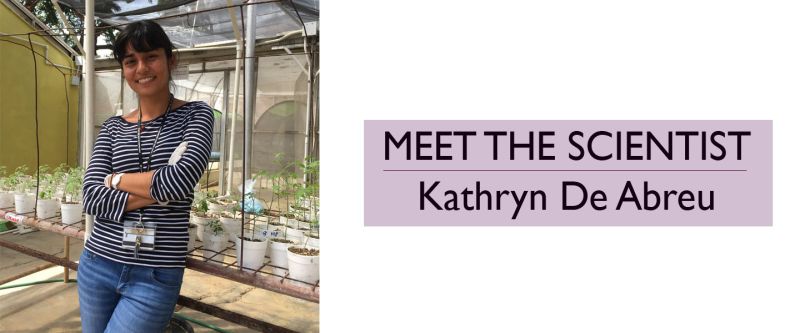
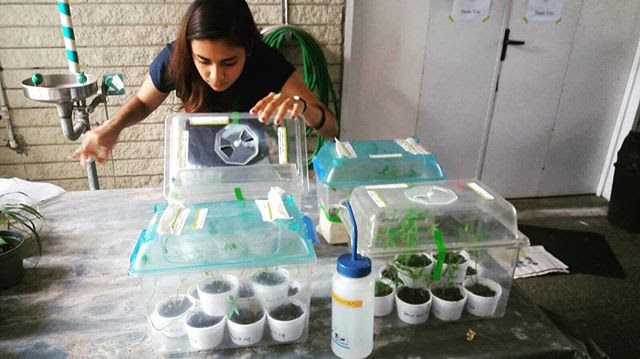
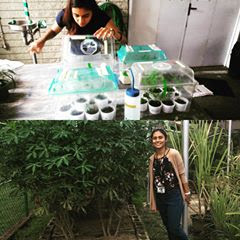
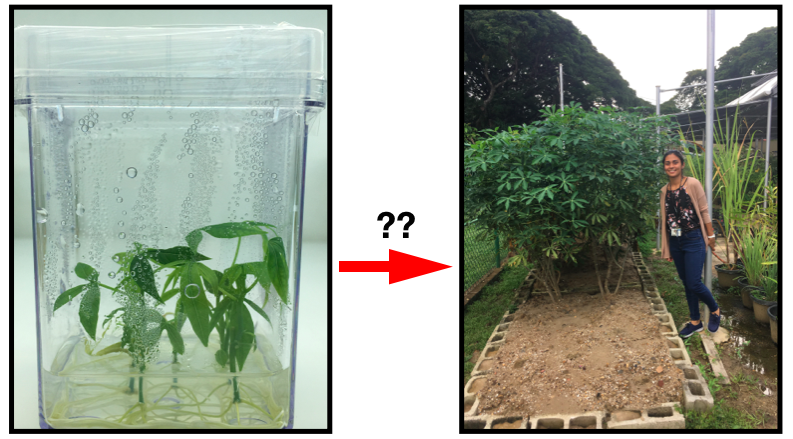


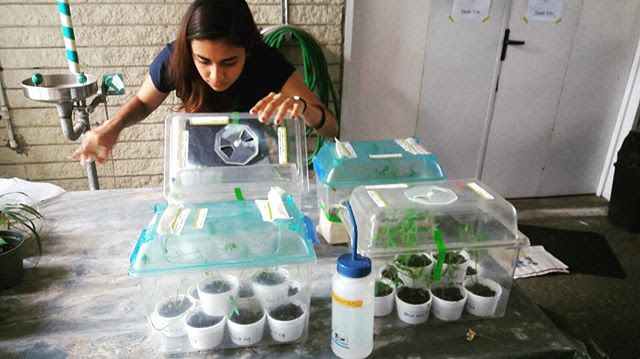
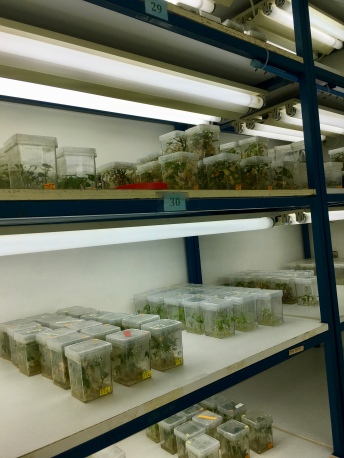
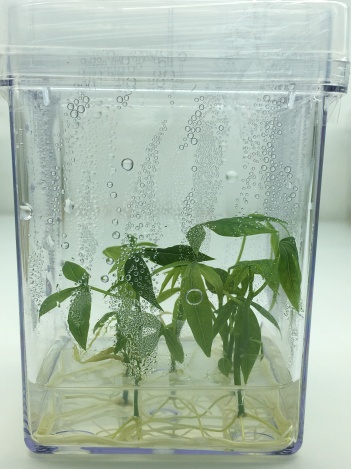
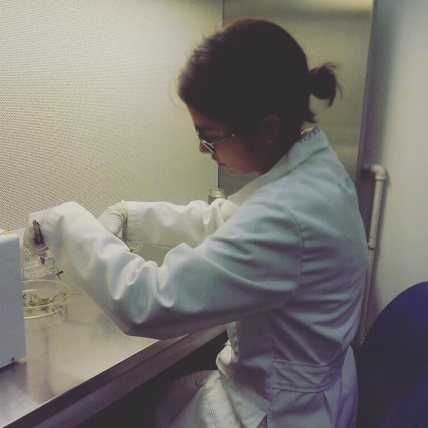
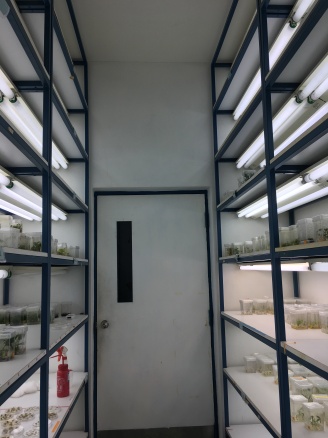
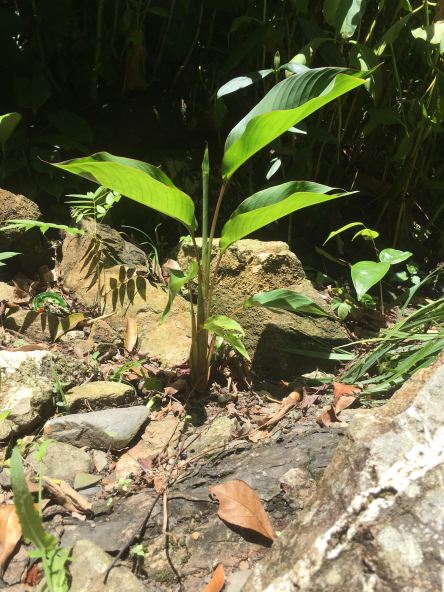 “The plant never lapses into mere arid functionalism; it fashions and shapes according to logic and suitability, and with its primeval force compels everything to attain the highest artistic form”. – Karl Blossfeldt
“The plant never lapses into mere arid functionalism; it fashions and shapes according to logic and suitability, and with its primeval force compels everything to attain the highest artistic form”. – Karl Blossfeldt